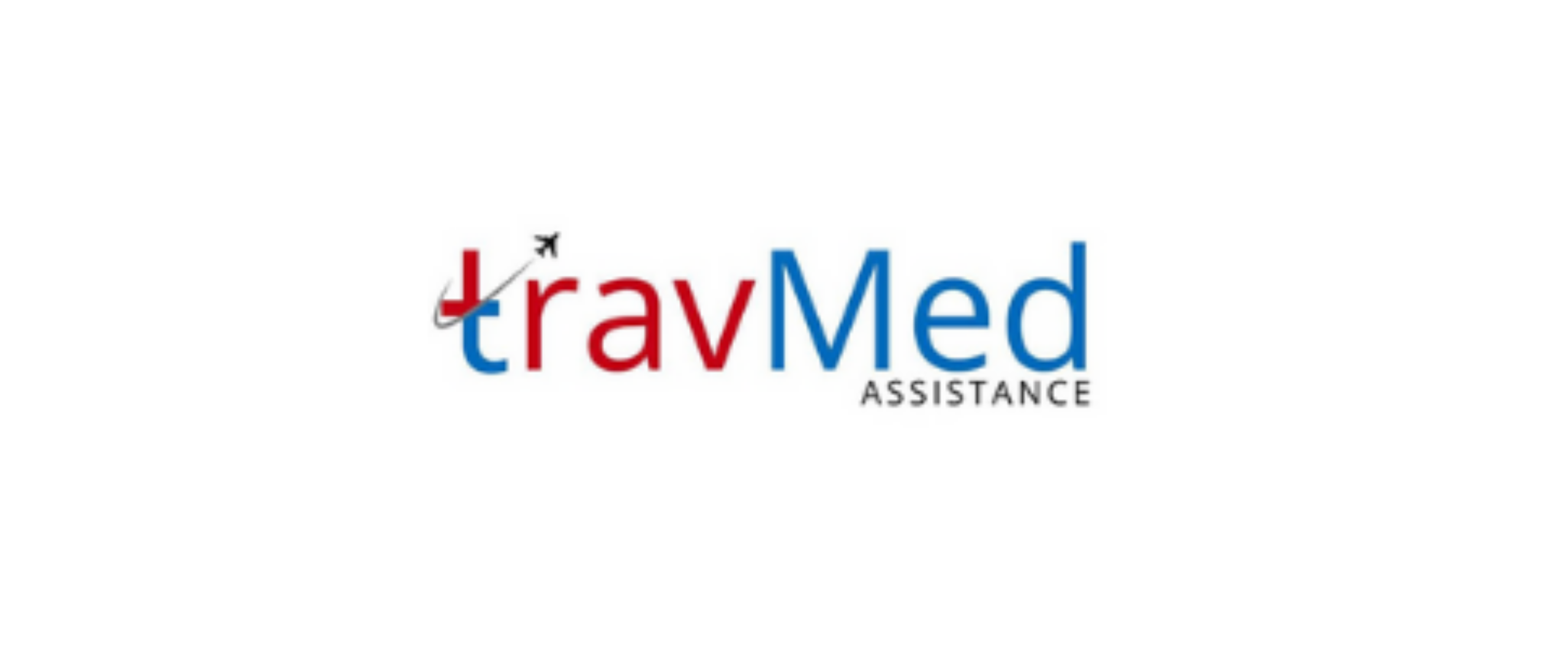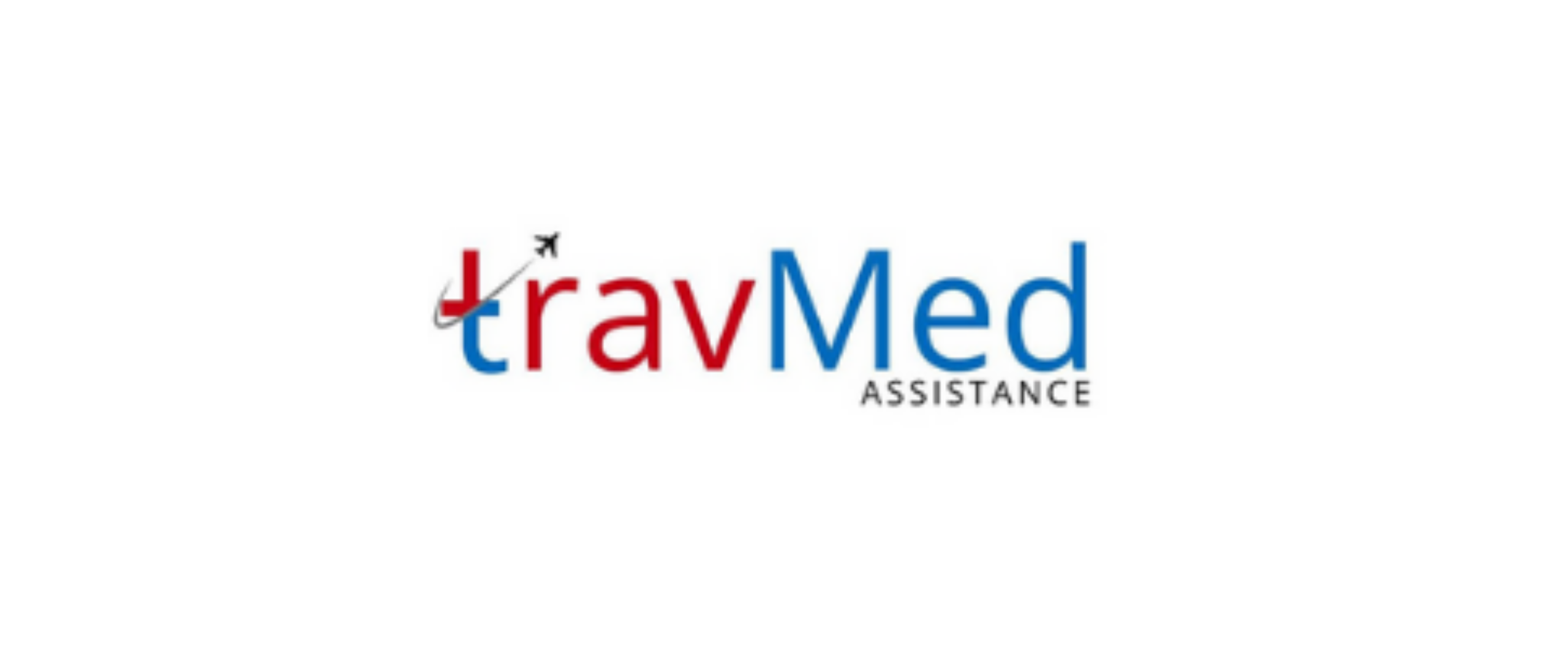
What is medical travel translation in Nepal?
Medical travel translation in Nepal refers to the specialized service of converting medical documents, records, and communications from one language to another for international patients seeking healthcare in Nepal. This service facilitates clear communication between foreign patients and Nepali healthcare providers, ensuring accurate understanding of medical histories, diagnoses, and treatment plans. Translators in Nepal work with various medical documents, including patient records, prescriptions, lab reports, and consent forms. The service is essential for maintaining patient safety, ensuring proper treatment, and meeting legal requirements for international medical care in Nepal.
Who provides translation services in Nepal?
In Nepal, translation services are provided by a diverse range of professionals and organizations. These include:
- Freelance translators with expertise in medical terminology
- Translation agencies specializing in healthcare documentation
- Hospitals and medical facilities with in-house translation departments
- Government-certified translation services
- Language schools offering professional translation services
- Online platforms connecting clients with Nepali translators
Many of these providers offer specialized medical translation services, ensuring accurate and culturally appropriate translations for healthcare-related documents. Some translators in Nepal are certified by international organizations, adding an extra layer of credibility to their services.
How does medical translation work?
Medical translation in Nepal follows a structured process to ensure accuracy and confidentiality:
- Client submits medical documents for translation
- Translator assesses the complexity and volume of the material
- A qualified medical translator is assigned to the project
- The translator performs the initial translation
- A second translator reviews and edits the translation
- The translation undergoes a quality check for accuracy and completeness
- The final translated document is formatted to match the original
- The translated document is delivered to the client
Throughout this process, translators maintain strict confidentiality and adhere to medical terminology standards. They often collaborate with healthcare professionals to ensure the accuracy of complex medical terms and concepts. The goal is to produce a translation that is linguistically accurate and medically precise.
What documents are needed for translation?
Medical travel translation in Nepal typically covers a wide range of documents:
- Medical records and patient histories
- Diagnostic reports (X-rays, MRIs, CT scans)
- Laboratory test results
- Prescriptions and medication lists
- Surgical reports and discharge summaries
- Consent forms for medical procedures
- Insurance claim forms and coverage details
- Vaccination records and immunization certificates
- Medical questionnaires and intake forms
- Treatment plans and follow-up instructions
- Medical research papers and clinical trial documents
Translators may also handle related documents such as passports, visas, and travel itineraries for medical tourists. It’s essential to provide clear, legible copies of all original documents to ensure accurate translation.
How much does medical translation cost?
The cost of medical translation in Nepal varies depending on several factors:
- Document length and complexity
- Source and target languages
- Urgency of the translation
- Specialization level required
- Additional services (notarization, formatting)
On average, prices range from NPR 500 to NPR 2000 per page for standard medical translations. Highly specialized or urgent translations may cost more. Some providers charge by the word, typically between NPR 2 to NPR 5 per word. Many translation services offer package deals for comprehensive medical document sets. It’s advisable to request quotes from multiple providers to compare prices and services. Some agencies may offer discounts for large volume translations or repeat clients.
Are services available for all languages?
Translation services in Nepal cater to a wide range of languages, but availability can vary:
- Major international languages (English, Chinese, French, German, Spanish) are widely available
- Regional languages (Hindi, Bengali, Urdu) are commonly offered
- Less common languages may have limited translator availability
Most medical translation services in Nepal specialize in English to Nepali and vice versa, as these are the most frequently requested language pairs. For rarer languages, translators may need to be sourced from international networks or specialized agencies. Some providers offer relay translation services, where the text is first translated into a common language like English, then into the target language. This approach can be used for language combinations that lack direct translators.
How reliable are translators in Nepal?
Translators in Nepal generally maintain high standards of reliability:
- Many are certified by professional organizations
- Translators often have specialized medical knowledge
- Agencies implement quality control measures
- Confidentiality agreements protect client information
- Regular training keeps translators updated on medical terminology
However, reliability can vary among individual translators and agencies. It’s advisable to check credentials, ask for references, and review sample translations before engaging a service. Reputable agencies in Nepal often have partnerships with international translation organizations, ensuring adherence to global standards. Some agencies also offer guarantees or revision services to ensure client satisfaction with the final translation.
Can translations be done urgently?
Urgent medical translations are available in Nepal, catering to time-sensitive medical situations:
- Many agencies offer expedited services for additional fees
- Some providers have 24/7 availability for emergency translations
- Turnaround times can be as quick as a few hours for short documents
- Longer documents may require 1-2 days for urgent translation
- Rush services often involve multiple translators working simultaneously
Clients should communicate urgency clearly when requesting translations. While urgent services are available, they may come at a premium cost. It’s important to balance the need for speed with the requirement for accuracy in medical translations. Some agencies use technology like translation memory tools to speed up the process without compromising quality.
Who monitors the quality of translations?
Quality monitoring in medical translation in Nepal involves several layers:
- Internal quality assurance teams within translation agencies
- Peer review processes among translators
- Client feedback and satisfaction surveys
- Professional associations setting industry standards
- Government regulations for certified translations
Some agencies in Nepal follow international quality standards like ISO 17100 for translation services. Many employ a multi-step review process, including initial translation, editing by a second translator, and final proofreading. Clients can request back-translations or third-party reviews for critical documents. Regular performance evaluations and continuous training programs help maintain high-quality standards among translators in Nepal.
How do I access translation services?
Accessing medical translation services in Nepal can be done through various channels:
- Contact hospitals or medical facilities directly for in-house services
- Search online directories of translation agencies in Nepal
- Reach out to freelance translators through professional networks
- Use online platforms that connect clients with local translators
- Consult embassies or consulates for recommended translation services
- Ask for referrals from medical tourism facilitators
- Check with local language schools offering professional translation services
When contacting a service, be prepared to provide details about your translation needs, including document types, language pairs, and deadlines. Many providers offer free quotes and consultations to discuss your specific requirements.
Are services available online in Nepal?
Online medical translation services are increasingly available in Nepal:
- Many agencies offer web-based platforms for document submission
- Virtual consultations with translators are possible via video calls
- Secure file transfer systems protect sensitive medical information
- Online payment options facilitate transactions
- Digital signatures and certifications are available for official documents
- Cloud-based collaboration tools allow real-time project tracking
These online services make it convenient for international clients to access Nepali translation services remotely. However, for complex medical translations, some providers may still recommend in-person consultations or physical document submissions to ensure accuracy and confidentiality.
Can translations include medical records?
Medical record translation is a core service offered by many providers in Nepal:
- Translators are trained in medical terminology and record formats
- Strict confidentiality protocols protect patient information
- Translations maintain the structure and formatting of original records
- Services cover both electronic and paper-based medical records
- Certified translations are available for legal and insurance purposes
Translators work closely with healthcare providers to ensure accurate interpretation of medical codes, abbreviations, and specialized terms. Some agencies offer additional services like summarizing lengthy medical histories or extracting key information for specific purposes. It’s crucial to provide complete and legible copies of all medical records to ensure comprehensive and accurate translations.


